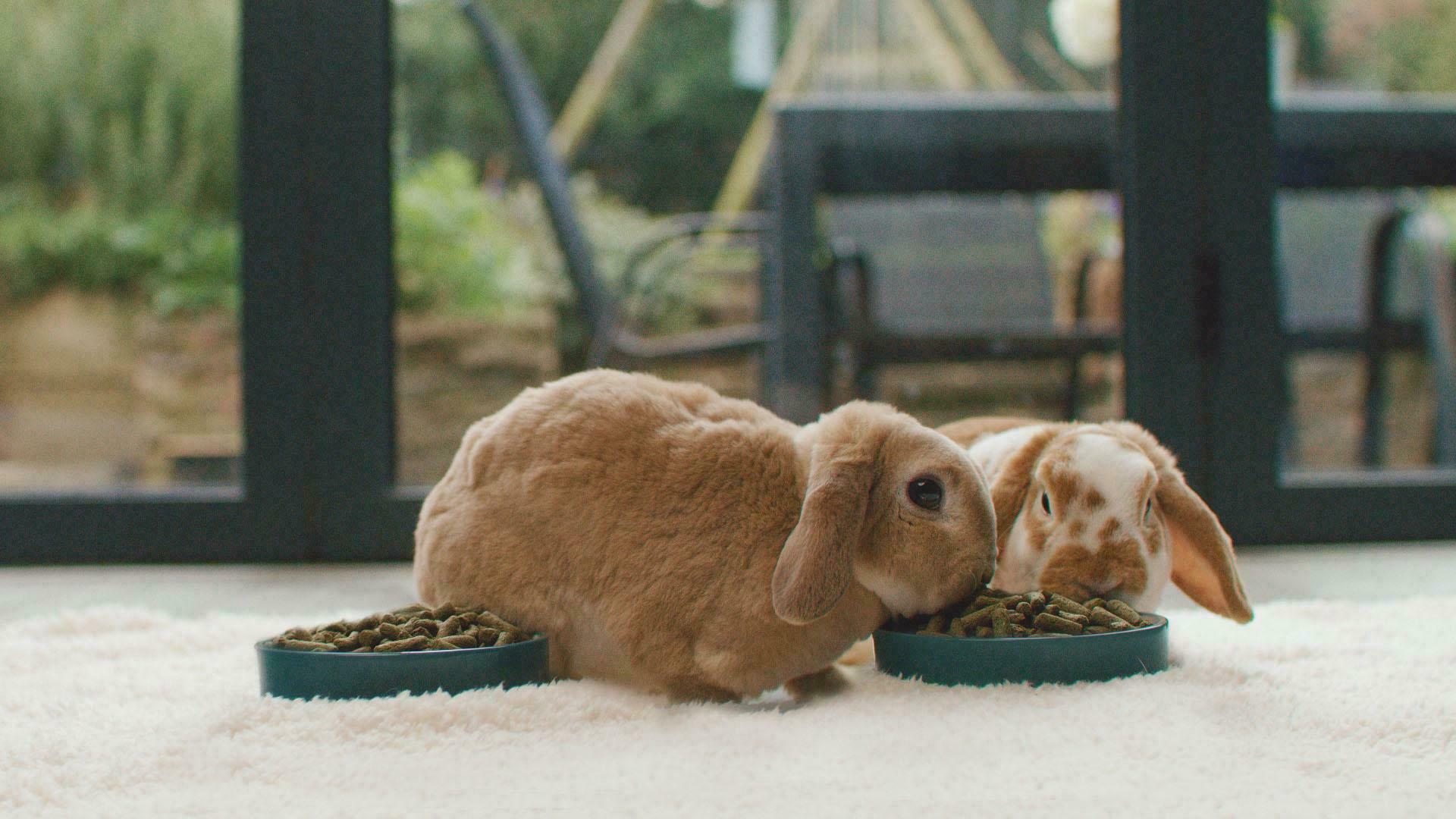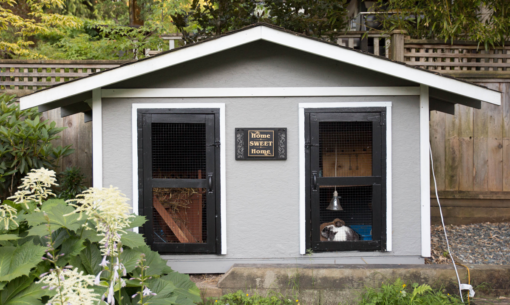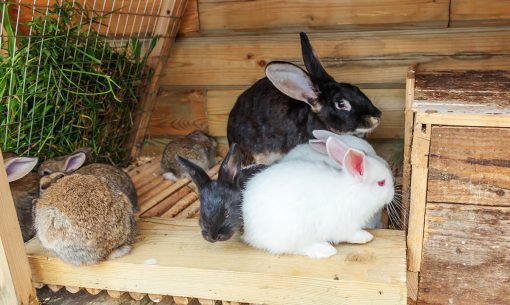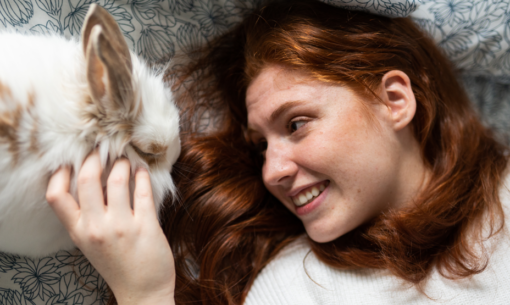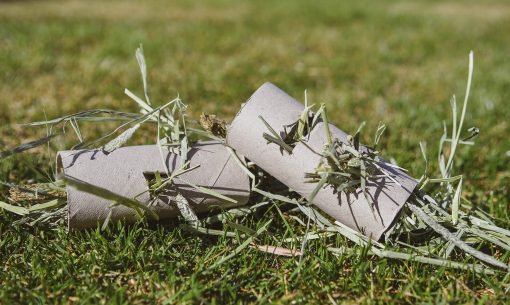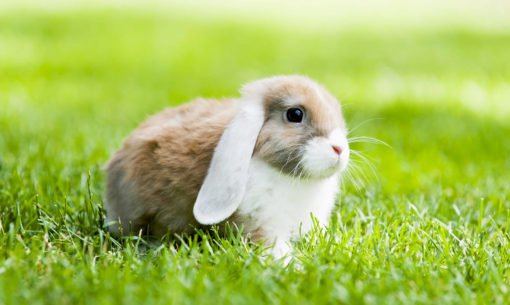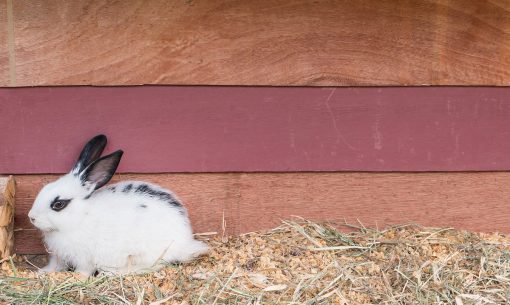Top 5 tips for rabbit-proofing your home
When it comes to rabbit care, ensuring a safe environment for your four-legged family members to call home is key. While outdoor rabbits need protection from predators and harsh weather conditions, indoor rabbits also need a secure rabbit home tailored to their needs.
Looking to create the perfect rabbit home for your indoor pal? Read on for our top five rabbit-proofing tips.
- 1. Create a safe space
Whether your bun has a predominantly indoor lifestyle, or occasionally ventures inside, providing a secure rabbit home where they can snuggle up safely is essential, especially for times when they may be unsupervised.
While you can use a rabbit hutch, an indoor rabbit cage tailor made for house rabbits may make a more suitable ‘bed’. Remember that rabbits need plenty of space to stretch, hop and stand up on their back legs and the PDSA recommend that sleeping quarters for a pair of rabbits should be a minimum of three metres by two metres and measure one metre high.
In the wild, while rabbits tend to graze close to their burrows, they may still travel 50 metres or more to find suitable vegetation. So, providing their pet cousins with space to stretch their bunny paws beyond the confines of an indoor rabbit cage (however roomy) is a good thing.
- 2. Rabbit-proof your rooms
Rabbits have a natural inclination to chew. While they can adapt well to an indoor lifestyle, suitable rabbit-proofing is needed, both to keep them safe but also to protect your home from mishap.
A cable to nibble is just too tempting for our bunny friends. Not only can a chewed cable put your bun at risk of injury, it can also leave you with a costly repair bill. Block off access to high risk areas – behind the TV for example. You can also invest in indoor cable covers. but be warned… this may slow your bun down but may not stop a determined chewer. From table legs, to sofas and carpets, the temptation to chew may be irresistible and blocking access to these problem spaces is often best.
Second only to chewing in the list of rabbit pastimes, is digging. A designated dig box, filled with bunny-safe materials like hay, cardboard tubes and shredded paper, provides an alternative outlet for your rabbit to satisfy their digging instinct and may help save your carpets!
- 3. Rabbit toys for enrichment
When it comes to enrichment there’s lots more you can do beyond dig boxes to keep busy bunny brains occupied. Rabbits love to play, so why not invest in some rabbit toys?
Rabbit toys allow our bunny friends to satisfy their natural curiosity, while encouraging them to (hopefully!) leave your household furnishings intact. It may take a bit of trial and error to find out what toys your bun likes, but the good news is that there are lots to choose from.
Chewable options are often a winner. From hay boxes, to snuffle mats, treat balls and chew sticks, there’s sure to be something that ticks the box.
- 4. Feed plenty of hay
Feeding a predominantly hay-based diet is essential for supporting digestive and dental health, but it also helps prevent boredom. Hay needs lots of chewing. So, a bundle of tasty Timothy hay not only keeps teeth in top-notch condition, but also keeps your bun occupied. Why not hide some high fibre treats in the hay for added entertainment.
Now, let’s talk about friendship! What could be more paw-some than finding your bun a suitable buddy? Rabbits are social butterflies who absolutely thrive with a bonded bunny companion by their side. But, hold your horses! Remember, rabbits are cautious critters, so while your dog or cat might seem like the ultimate BFF, it’s best to stick with another fluffy friend to keep your bunny happy and hopping!

- 5. Consider companionship
And finally, let’s talk friendship! What could be more pawsome than finding your bun a suitable buddy? Rabbits are social creatures that thrive with a bonded bunny companion by their side. However, remember that rabbits are prey animals, so while they may seem to get along with your cat or dog, it’s best to stick with a friend of the bunny variety.
For more tips on creating a safe and enriching environment for your rabbits read our article, The 5 essential supplies for setting up the perfect rabbit home, next.
